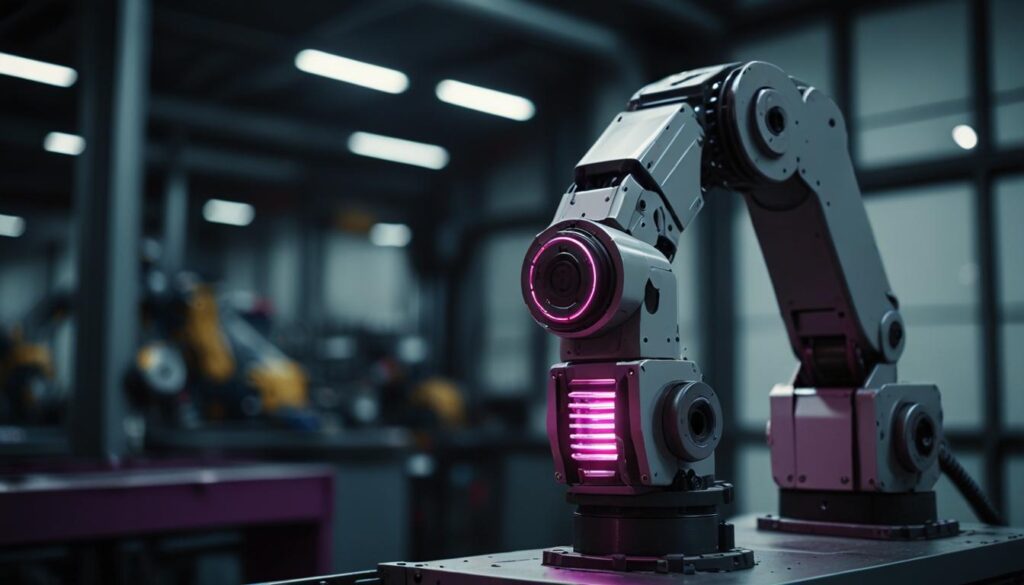The UK’s manufacturing sector has dropped to 12th place globally, sparking calls for increased automation to enhance productivity and restore competitiveness.
UK Slips in Manufacturing Rankings, Urging Need for Automation Uptake
In a significant development for the UK’s manufacturing sector, recent statistics from Make UK have revealed that the country has fallen out of the top 10 manufacturing nations globally for the first time, plummeting to the 12th position. This decline underscores a pressing need for enhanced automation in UK manufacturing to restore and fortify its competitive edge.
Currently, the UK lags behind its international counterparts in robot density, ranking 25th in the International Federation of Robotics (IFR) global robot league table—the lowest position among G7 countries. To address this, industry players are advocating for increased automation as a crucial strategy to elevate productivity, reduce waste, improve product quality, and mitigate labour shortages.
Oliver Selby, Head of Sales for FANUC UK, a leading automation solutions provider, has outlined six pivotal design considerations for integrating automation seamlessly into manufacturing processes.
1. Embrace the Automation Process:
Selby emphasises the importance of consciously designing products with automation in mind from the outset. This involves incorporating features that facilitate robotic handling, such as permitting easy access for tools like welding torches and vision systems for inspection. Aligning product design and production methods to be automation-friendly can significantly lower costs and enhance efficiency.
2. Prioritise Parts:
Proper part delivery is critical for automation. Selby points out that disorganised component parts can lead to increased costs, as much as 20-30% of the project budget, merely to organise these parts before automation begins. Efficient part handling and fixturing processes, including strategies like one-way assembly, can be instrumental in reducing these costs and improving overall production flow.
3. Consider Total Cost of Ownership (TCO):
Focusing solely on short-term financial metrics, such as a rapid return on investment (ROI), can be detrimental. Selby advises adopting a Total Cost of Ownership model, which considers long-term aspects like maintenance, energy use, and end-of-life costs. This approach ensures that the selected automation solutions deliver enduring value.
4. Remember the Process, Not Just the Consumer:
While consumer-oriented features, such as user-friendly packaging, are important, they should not come at the expense of automation feasibility. For instance, designs like tear-off flaps on packaging can complicate automated processes like end-of-line palletising. Manufacturers should balance consumer convenience with the practicalities of automation to maintain production efficiency.
5. Engage with Automation Suppliers:
Selby recommends involving automation suppliers early in the design process. Automation experts, like those at FANUC, offer invaluable insights and support to ensure that manufacturing systems are optimised for automation. Leveraging supplier expertise can aid in overcoming sector-specific challenges.
6. Try Before You Buy:
For manufacturers hesitant about diving into automation, models like Robots as a Service (RaaS) provide a cost-effective entry point. This subscription-based option allows companies to lease robots for a set fee, offering a low-risk way to evaluate automation benefits before making significant investments. While suitable for simpler applications, RaaS can significantly lower the threshold for first-time automation users.
As the UK endeavours to regain its standing among the leading global manufacturing nations, integrating these automation strategies into product design and production processes from the outset is crucial. By collaborating with experienced automation suppliers and embracing innovative models, UK manufacturers can position themselves for long-term success and sustainability in the highly competitive global market.

